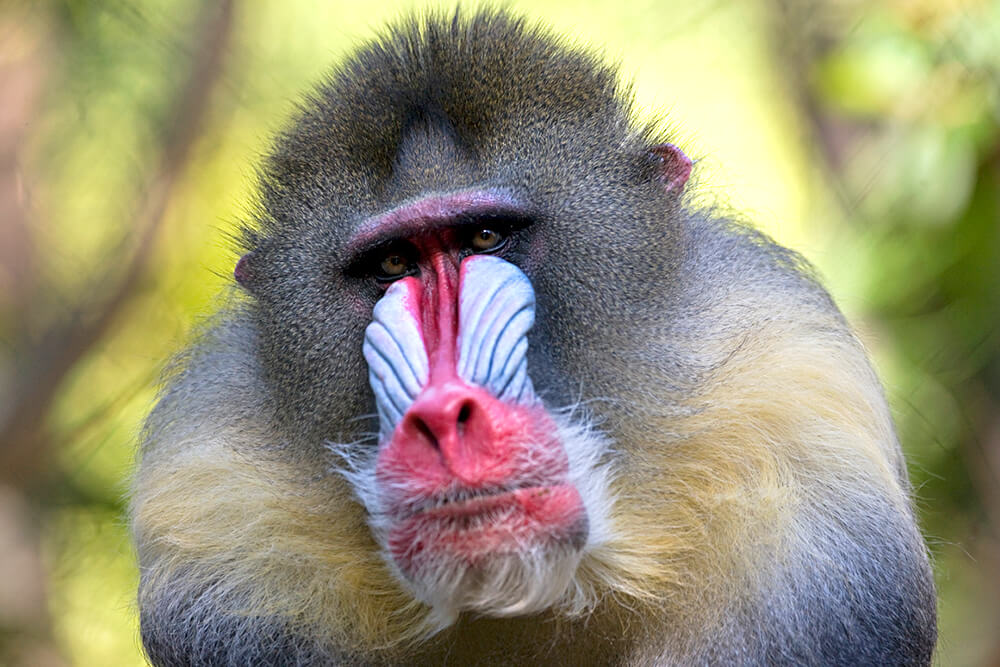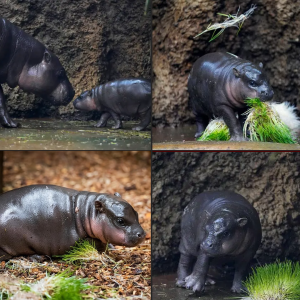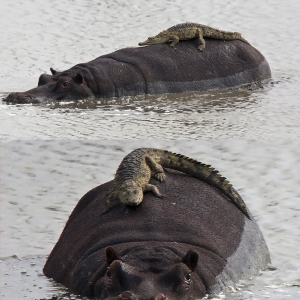
During the day, mandrills roam the ground to forage fruits, roots and small animals such as reptiles and insects. Mandrills have the ability to store food in their built-in pouches in their cheeks to snack on later. They spend most daytime on the ground and usually sleep on trees when the night comes.
Mandrills live in troops led by a dominant male. Their group can include as many as 200 individuals. Females usually have one young every 18 months or so. The baby is carried on its mother’s belly. As it grows, it rides on the mother’s back throughout the forest.
They’re threatened in wildlife and the main reason is that they’re considered delicacy. Loss of habitat also contributes to their decrease in the wild.
Average life span in the wild: 20 years | Size: 90 cm | Weight: 35 kg

![]()






